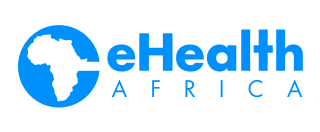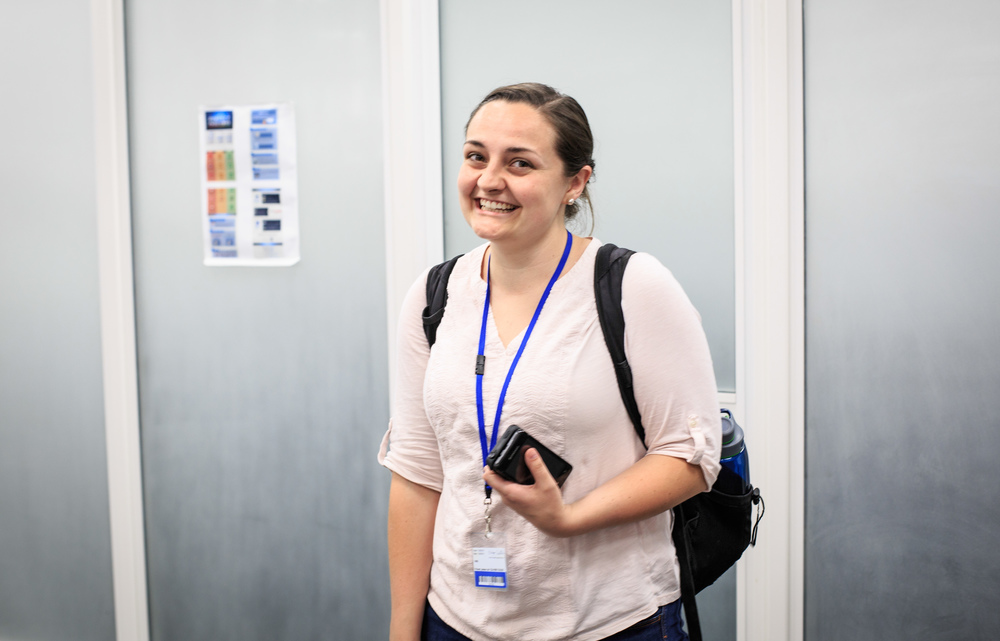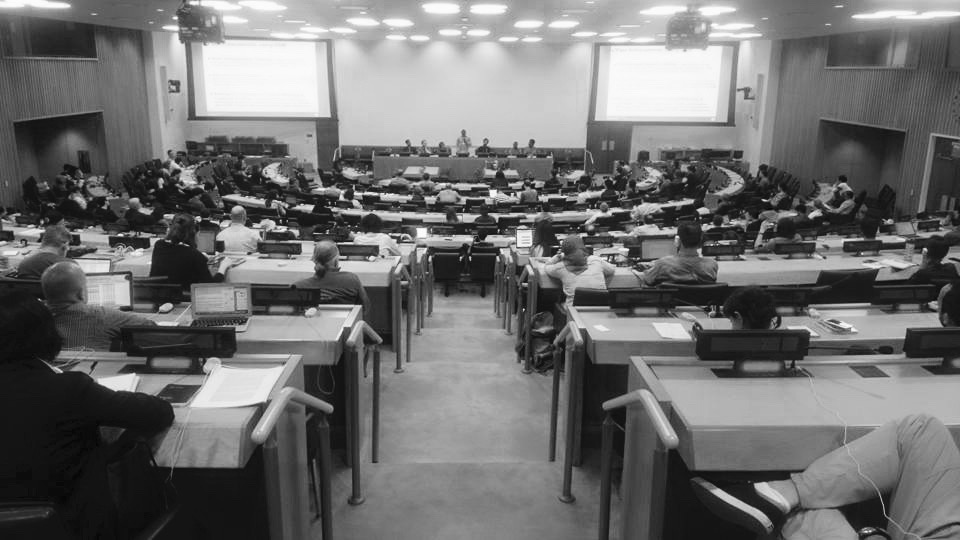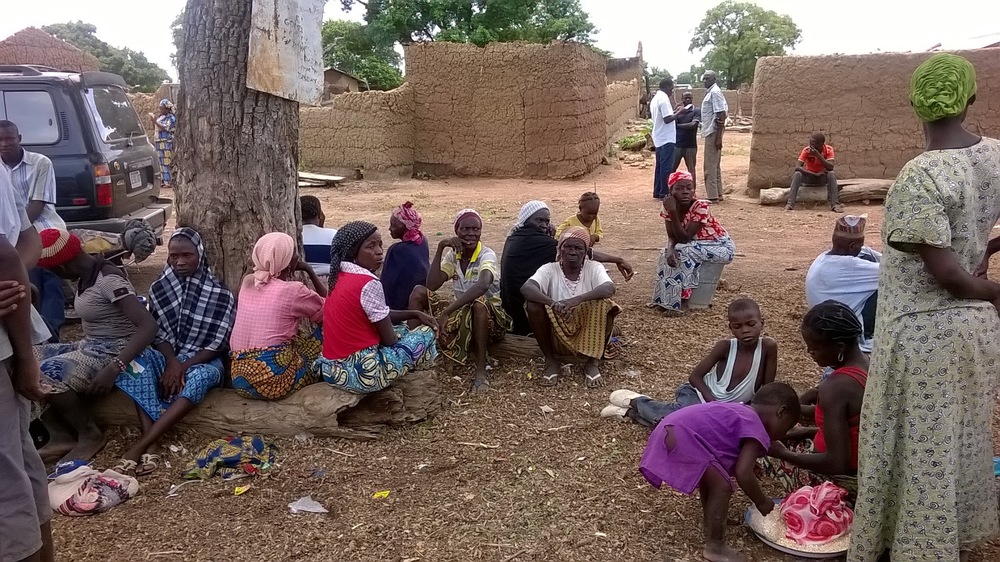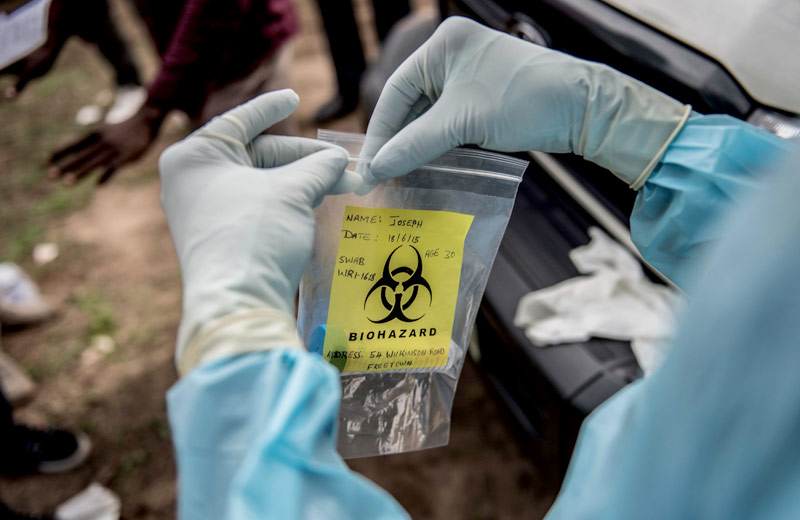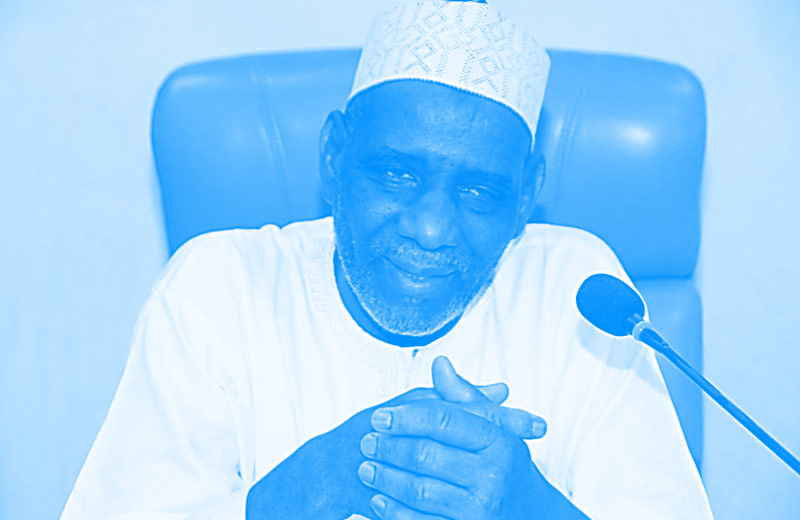
The Inaugural Africa Open Data Conference was held in Dar es Salam, Tanzania between 2-5 September, 2015. The open data conference was a follow-up to a high level Conference held in Addis Ababa on 25-29 March, 2015, which gave birth to Africa Data Consensus. The consensus was created as an Africa Open Data revolution to empower and enlighten African citizenry, requesting more action from their government and a road map for Country-led Data Revolution recommendations.
The open data conference aimed to bring together stakeholders in the data industry in Africa from government to the private sectors, NGOs, international development agencies and citizens to discuss progress and achievements of open data, and to educate as well as determine the next line of actions.
“Data is considered to be “open” if anyone can freely use, re-use and redistribute them, for any purpose, without restriction." World bank, Open Data in 60 Seconds
There were talks on strategies for the harmonization of actionable data in Africa, open data readiness assessment, and open data toolkits as well as training and empowerment with necessary support for the next generation of open data specialists in Africa.
Exploring Open Data
Data is important, and open data deepens the link between policies and the impact they will have on the populace.
The pre-conference program schedule commenced on September 2nd with two full days of informative sessions. Topics covered include understanding open data, data revolution, and building data communities. There were sessions on education, business community, and open data in government.
The conference proper started on September 4th with the highlight being the visit of the Tanzanian president, who delivered a speech on the importance of open data for Africa's development and how much it has been adopted by African heads of states. He made mention of the Africa Union Peer Review Committee whereby African heads of states' performances are independently reviewed to confirm if the progress and development reported conforms with what is truly happening on ground. He also made mention of Tanzanian government progress on open data, and explained why certain data or information cannot be made public for security reasons.
Other organizations, international development agencies, NGOs and government representatives had the opportunity to showcase their open data programs and portals, as well as the need for the populace to consume the data being made open for citizenry participation. It is not enough to make data open, it is more important that the data is used and consumed.
In addition to talks on various types of data including the importance of geospatial data, there were also debates on the importance of data format and putting data out in machine readable formats like CSV. Gone are the days when important information and actionable data are shared in PDF format, which makes it difficult to interact with. When you have data in machine readable formats and APIs, more actions and interaction can be inspired with developed apps.
There was an Open Data Expo and stands/booths from various organizations and players in the open data community. The exhibition ranged from various types of data, both numerical and geospatial data, to various technology and platforms to host, participate, collect and contribute to the data revolution drive going on around the world and in Africa.
Open Data Benefits and Next Steps
The benefits of open data are numerous, benefits of which the African continent stands to rediscover itself. These benefits include promoting accountability and transparency, translating to development and informed decisions in the private sector and helping create an inclusive society.
Key action areas discussed include the need for government to give access to more data for the sake of open government, and to strengthen the country National Statistical Offices. There must be more awareness for the citizen to access open data, and for the media to play a big role so that the Sustainable Development Goals can be achieved.
At eHealth Africa, we have already embraced the open data revolution with our open data portal, which gives free access for anyone to make use of our data for any reason.
Visit our Open Data Portal here: http://data.ehealthafrica.org/
